Is one of your New Year’s resolutions to lower your electricity bill this year? If so, we have great news – optimizing your energy usage is simple with the right steps, and has many benefits for both your wallet and the environment. In this blog post, we’ll explore some actionable energy-saving tips to help you lower your electricity bill without compromising comfort or convenience.
1. Conduct a Home Energy Audit
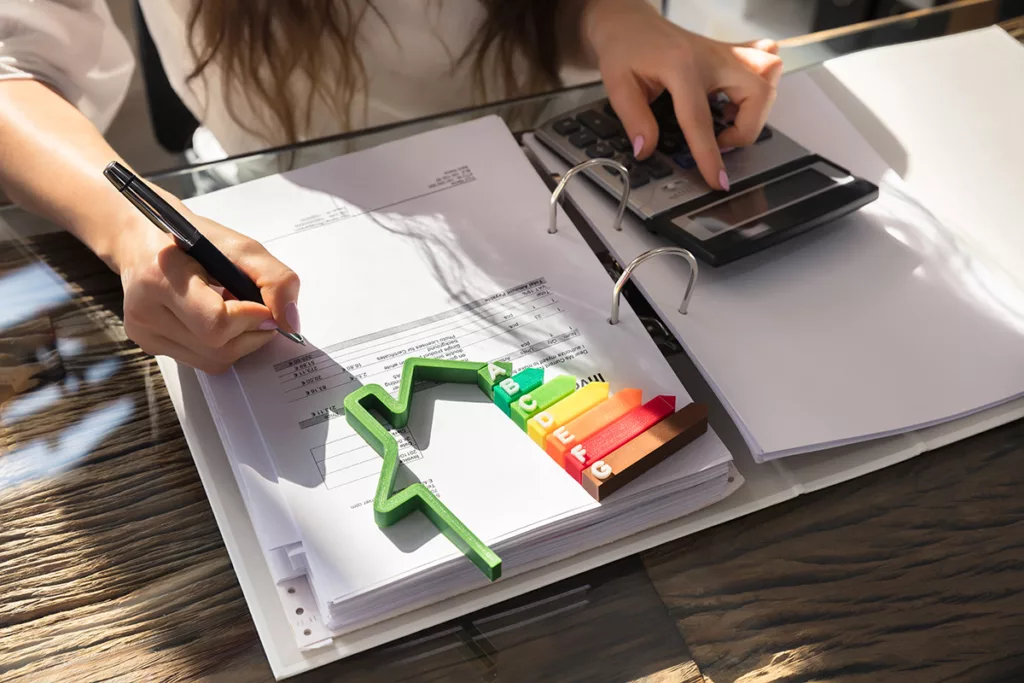
Cutting down on electricity costs begins with understanding how energy is used in your home. You can do this by conducting an energy audit to identify and address areas of inefficiency. The overall goal is to gain a better understanding of how much energy you’re using, where it’s going, and any issues that need to be addressed.
You can conduct a simple energy audit of your home by:
- Look at your energy bills from the past year to learn your typical energy usage patterns. Note any spikes or trends in consumption.
- Check for drafts and gaps in doors and windows and seal any leaks with weatherstripping or caulking.
- Inspect the insulation in the walls and attic for any signs of damage or gaps and add insulation as needed.
By following these tips, you can conduct a DIY home energy usage audit and identify opportunities to reduce energy consumption and lower your utility bills.
2. Upgrade to LED Lighting
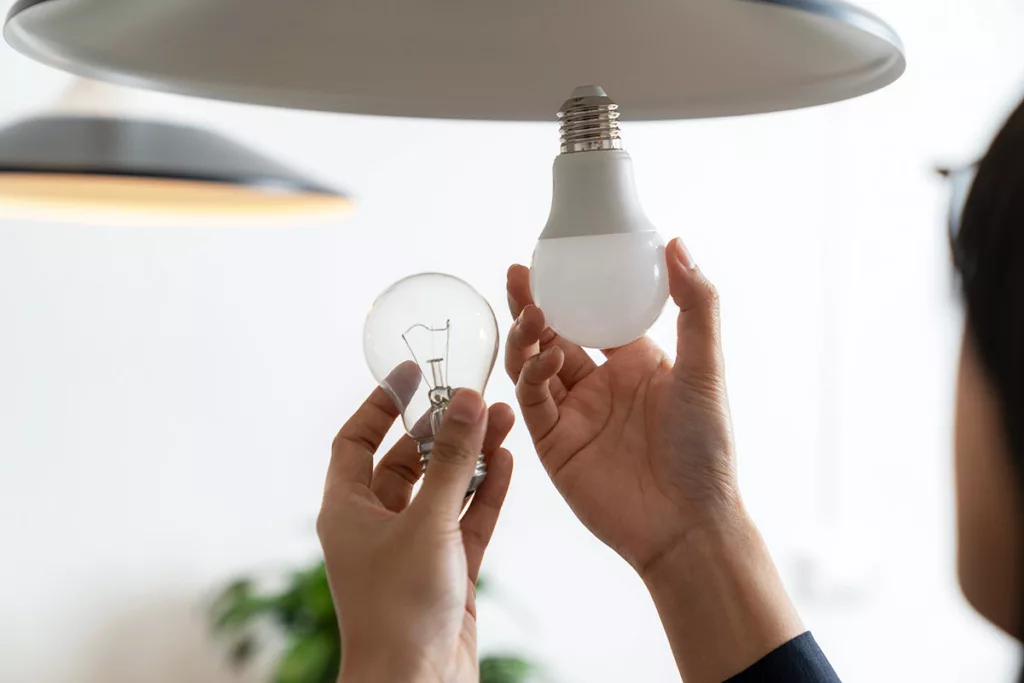
Upgrading to LED lighting is a cost-effective energy-saving strategy with many benefits. LED bulbs consume less energy compared to traditional incandescent or fluorescent bulbs since they convert a higher percentage of energy into light and waste less energy as heat. In fact, LED lightbulbs use up to 90% less energy than traditional bulbs! Plus, a 7-watt LED bulb produces the same amount of visible light as a 60-watt incandescent bulb.
This efficiency translates into direct savings on your electricity bill.
3. Upgrade to Energy-Efficient Appliances
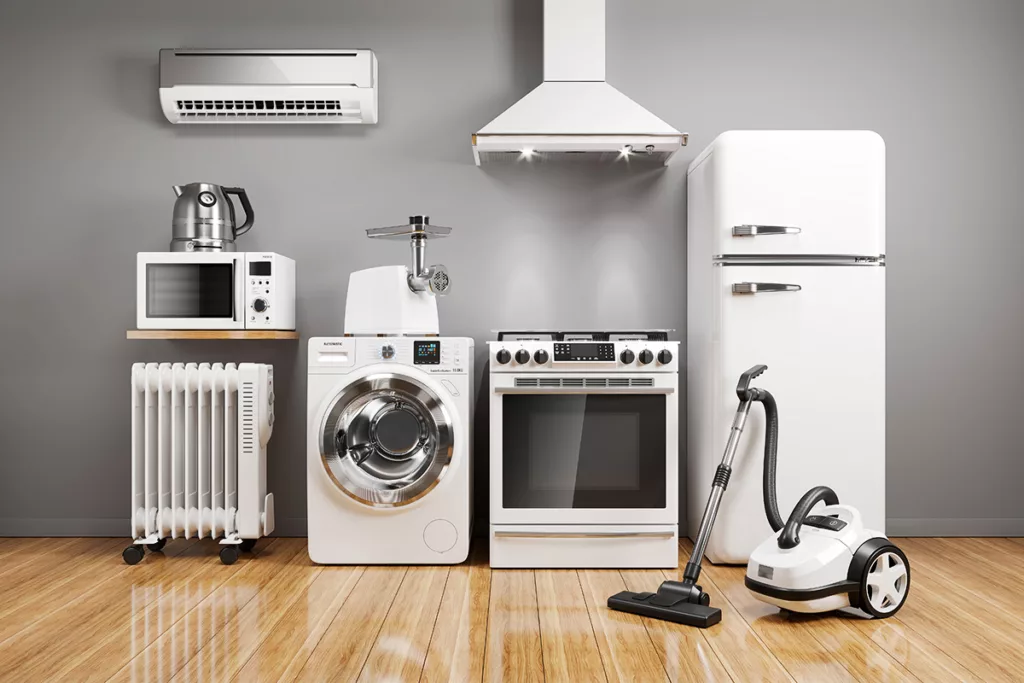
Appliances like refrigerators, dishwashers, and washing machines consume a lot of energy, especially older models. Replacing your appliances with newer models that have high energy efficiency ratings can significantly lower your electricity usage. Look for appliances with the Energy Star label, which consume less energy while maintaining optimal functionality.
4. Unplug Electronics and Appliances When Not in Use
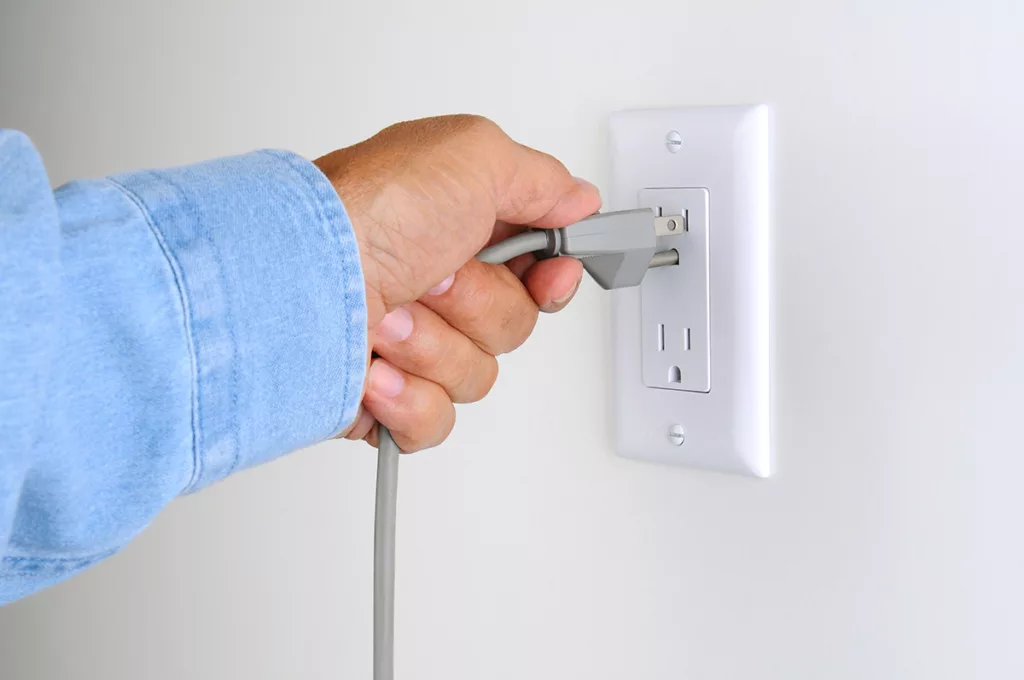
Often, one of the main culprits behind soaring electricity bills is the standby power consumption of electronics and appliances. You can combat this silent energy drain by unplugging anything that isn’t being used, including chargers, televisions, and kitchen appliances. You can also use smart power strips that automatically cut off power when disuse is detected, which can lead to substantial energy savings over time.
5. Optimize Heating and Cooling Systems
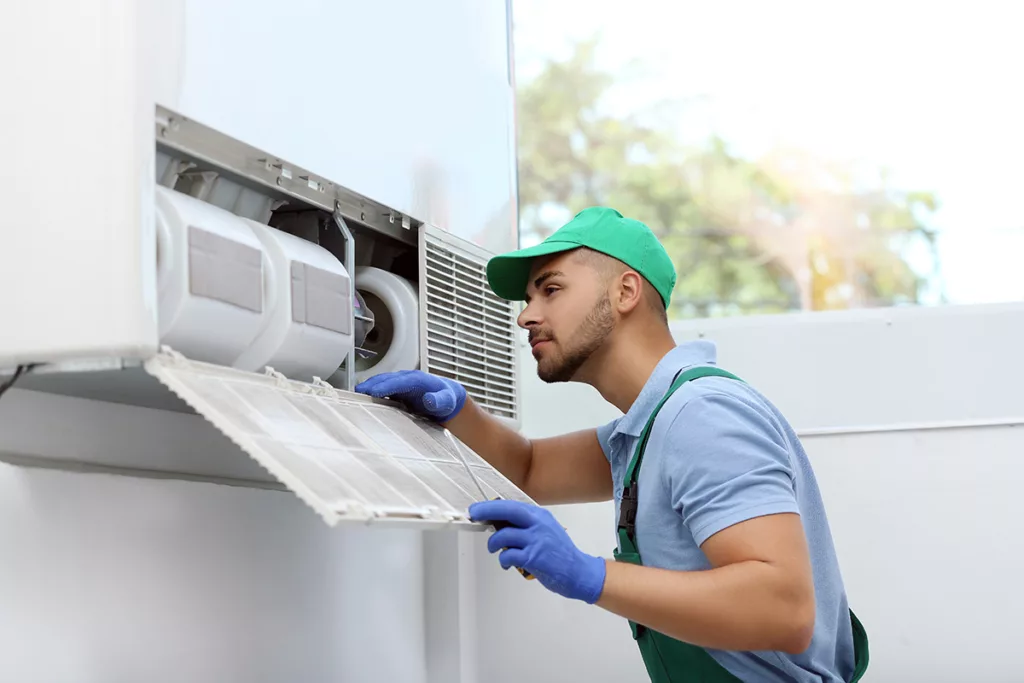
Efficiently managing your home’s heating and cooling systems is pivotal in curbing energy expenses. You can do this by regularly cleaning or replacing filters to ensure efficient airflow and scheduling a professional tune-up every year. Regular maintenance for your HVAC system ensures it operates at peak efficiency, which reduces unnecessary energy consumption and minimizes waste. Upgrading to a more energy-efficient HVAC system can also lead to long-term energy savings and a lower electricity bill.
6. Adjust Daily Habits for Energy Savings
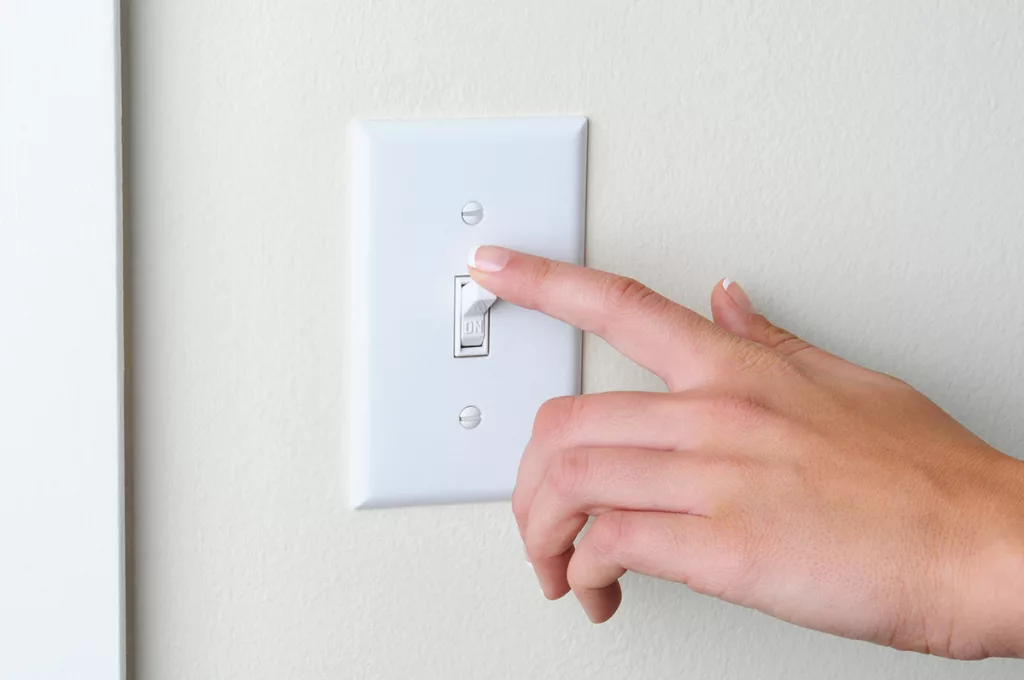
Adjusting your daily habits can make a noticeable difference in your overall energy usage. Simple actions like turning off lights when leaving a room, using natural light whenever possible, and washing clothes in cold water can add up to significant energy savings over time.
7. Consider Renewable Energy Options
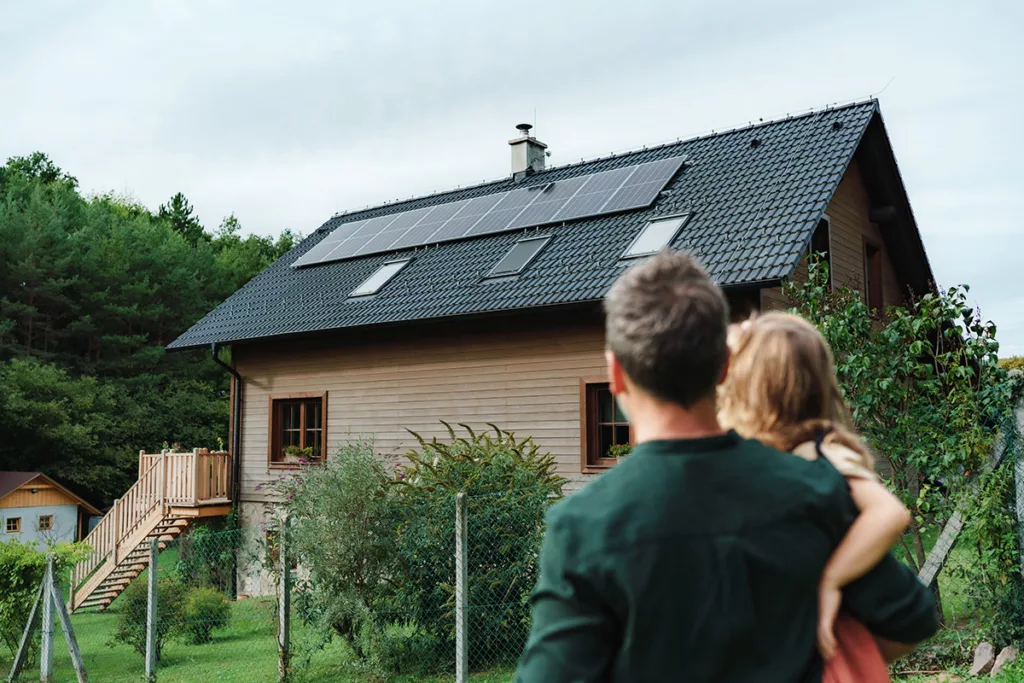
Renewable energy sources are replenishable resources that harness energy from ongoing natural processes. Installing solar panels on your roof can generate clean and renewable energy, offsetting a significant portion of electricity costs. Depending on your location and the size of your solar system, you may even be able to sell excess energy back to the grid, further reducing your bills.
8. Monitor and Analyze Your Energy Usage
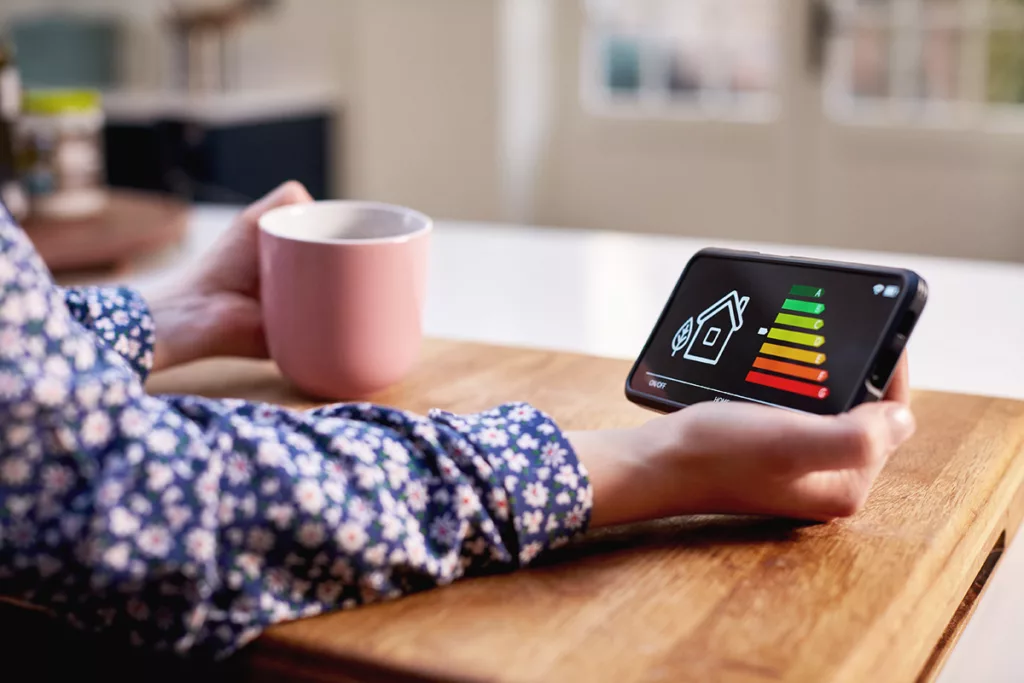
Continuously monitoring your energy usage is essential to see the impact of your efforts and identify areas for improvement. Keep track of your monthly electricity consumption and compare it to previous months to allow you to identify any sudden increases or patterns, and take corrective action if needed.
Contact Schafer Electric for Residential Electrician Services in the North Bay
By adopting these strategies to reduce your electricity bill, you’re not just cutting costs, but also contributing to a greener future. To ensure a seamless transition and expert implementation of these tips, working with a qualified residential electrician can make all the difference. An electrical expert can help you come up with green energy solutions to offset long-term electricity costs and keep your home running as smoothly as possible.
Schafer Electric has years of experience offering top-tier electrical services in the North Bay. Our team of friendly experts is here to meet and exceed your electrical needs with quality results and unmatched customer service. Make the smart choice today by contacting us online, or giving us a call at (707)-545-3300 to take the next step towards a brighter and more cost-effective energy future.


No comments yet. Add the first comment